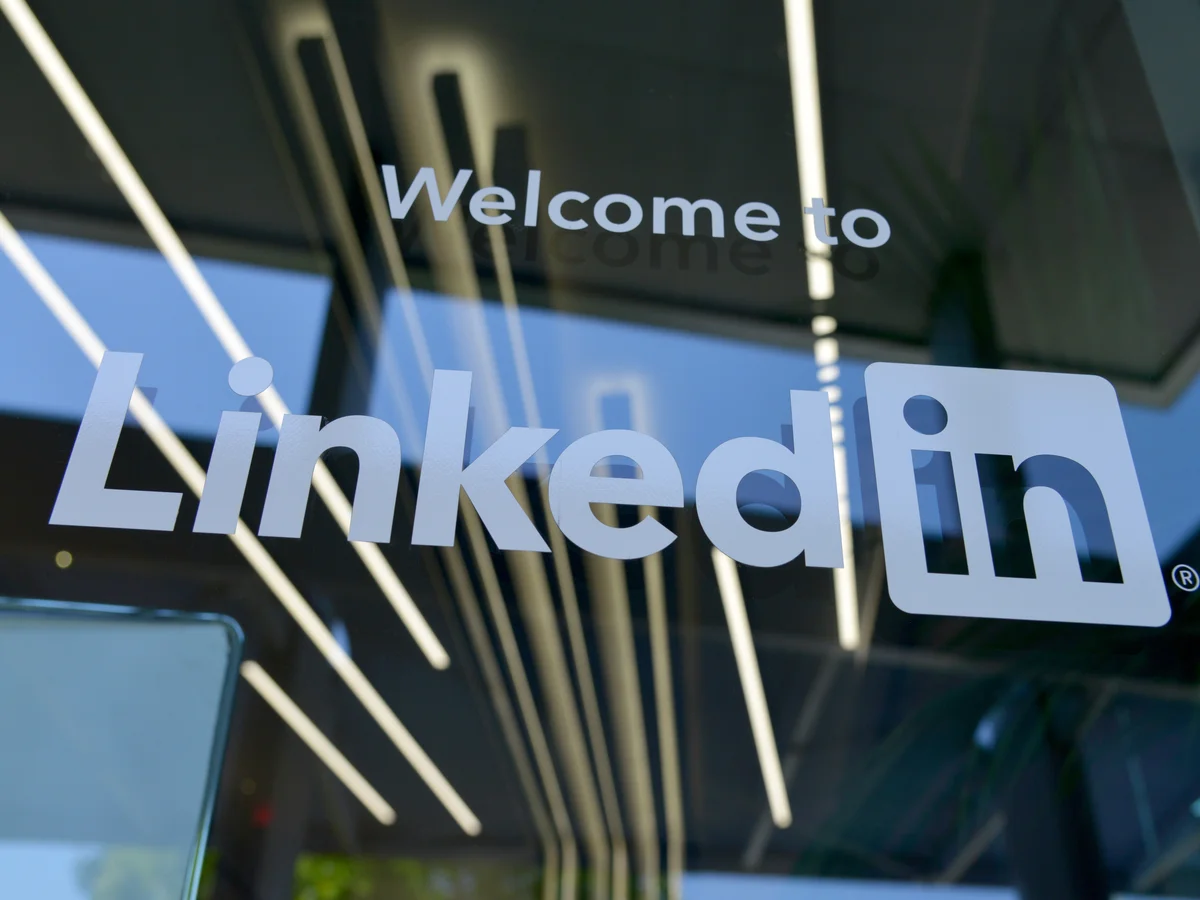A Step-by-Step Guide To Use LinkedIn For Marketing

LinkedIn has evolved into more than just a professional networking platform; it is now a powerful marketing tool that businesses can leverage to reach a highly targeted audience. With over 700 million users worldwide, LinkedIn provides ample opportunities for brands to establish thought leadership, build brand awareness, generate leads, and engage with potential customers. In this step-by-step guide, we’ll explore how to effectively use LinkedIn for marketing purposes.
Optimize Your Company Profile
The first step to successful LinkedIn marketing is to create and optimize your company profile. Ensure your profile is complete, including a professional logo, a compelling cover image, and a concise yet informative company description. Use relevant keywords in your profile to enhance searchability and visibility.
Identify Your Target Audience
Before diving into marketing efforts, identify your target audience on LinkedIn. LinkedIn’s advanced search filters allow you to narrow down your audience based on industry, job title, location, and more. Understanding your target audience will help tailor your content and messaging to resonate with the right people.
Publish Engaging Content
LinkedIn users appreciate valuable and insightful content. Publish posts that showcase your expertise, provide industry insights, and offer solutions to common problems. Mix up your content formats with articles, videos, infographics, and presentations to keep your audience engaged and interested.
Leverage LinkedIn Groups
LinkedIn groups are communities of like-minded individuals interested in specific topics. Join relevant groups within your niche and actively participate in discussions. Provide helpful insights, answer questions, and avoid overly promotional content. Being an active group member can increase your brand visibility and authority within your industry.
Create a LinkedIn Company Page
In addition to your personal profile, creating a LinkedIn company page is essential. This dedicated page allows you to showcase your brand, share company updates, and attract followers specific to your business. Regularly post updates on your company page to keep your audience informed and engaged.
Utilize Sponsored Content
LinkedIn’s sponsored content feature enables you to promote your posts to a broader audience beyond your current followers. With precise targeting options, you can ensure that your content reaches the right people, increasing the chances of generating leads and driving website traffic.
Run LinkedIn Ad Campaigns
LinkedIn offers a range of advertising options, including sponsored content, sponsored InMail, and display ads. These campaigns can help increase brand awareness, drive website visits, and generate leads. Set clear objectives for your campaigns and closely monitor their performance to optimize results.
Engage with Your Audience
Social media marketing is not just about posting content; it’s also about engaging with your audience. Respond promptly to comments, messages, and connection requests. Building meaningful relationships with your audience will strengthen your brand’s reputation and increase customer trust.
Showcase Employee Advocacy
Encourage your employees to be active on LinkedIn and share company updates and content. Employee advocacy can significantly amplify your reach, as your employees’ networks will see and engage with their posts, expanding your brand’s visibility.
Analyze and Refine Your Strategy
Consistently monitor your LinkedIn marketing efforts using LinkedIn analytics and other marketing tools. Analyze the performance of your content, campaigns, and audience engagement. Use these insights to refine your strategy and optimize future efforts.
Key Takeaways
LinkedIn is a valuable platform for marketing your business, connecting with professionals, and nurturing leads. By following this step-by-step guide and staying consistent with your efforts, you can harness the full potential of LinkedIn and achieve your marketing goals. Remember, building meaningful relationships and providing valuable content are the keys to success on this platform. Happy marketing!
Frequently Asked Questions (FAQs):
LinkedIn is known for its strong B2B marketing capabilities, as it caters to a professional audience and offers robust targeting options. However, it can also be effective for B2C businesses, especially if they have a focus on professional services or want to connect with a niche audience.
Consistency is crucial on LinkedIn. Aim to post at least 2-3 times per week to keep your audience engaged. However, quality should always take precedence over quantity. Focus on providing valuable content that resonates with your target audience.
Content that educates, informs, and entertains tends to perform well on LinkedIn. Industry insights, thought leadership articles, how-to guides, and success stories are popular formats. Visual content like videos and infographics can also grab attention.
Absolutely! LinkedIn is an excellent platform for lead generation. Utilize sponsored content, lead generation forms, and LinkedIn ads to capture leads. Additionally, engage with potential customers through personalized messages and networking efforts.
LinkedIn offers built-in analytics that provides insights into post performance, audience engagement, and follower demographics. Use these analytics to track key performance indicators (KPIs) such as click-through rates, conversion rates, and engagement metrics.







